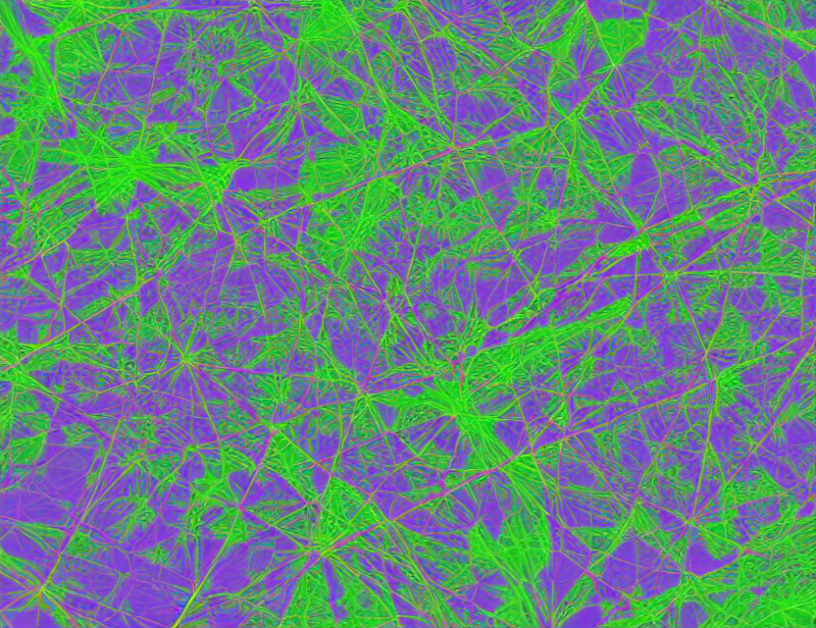Autoencoders are neural networks that can be used for dimensionality reduction, feature learning, and optimization. They consist of two parts: an encoder network that maps the input data to a lower-dimensional space, and a decoder network that maps the encoded data back to the original space. The key idea is to minimize the difference between the original data and the reconstructed data, which encourages the neural network to learn meaningful features from the input data.
The article provides a helpful overview of autoencoders, including their definition, architecture, and applications in neural network optimization. It explains how autoencoders can be used for dimensionality reduction, feature learning, and as an initialization method for training other neural networks. The author also discusses the limitations of autoencoders, such as their inability to capture complex dynamics and nonlinear interactions between variables.
To understand autoencoders better, the article uses analogies from everyday life. For example, the author compares the encoder network to a camera taking a picture of an object, while the decoder network is like a photocopier that produces a replica of the original object. The article also highlights the importance of choosing the right architecture for the encoder and decoder networks, which can be thought of as designing a mapping from the input space to the output space that preserves important information.
Throughout the article, the author emphasizes the versatility of autoencoders in different applications, including image compression, anomaly detection, and generative models. The author also provides examples of how autoencoders have been used in various fields, such as medicine, finance, and computer vision.
In conclusion, the article provides a clear and concise introduction to autoencoders and their application in neural network optimization. It demystifies complex concepts by using everyday language and analogies, making it accessible to readers with varying levels of familiarity with machine learning and neural networks.
Computer Science, Machine Learning
Deep Symplectic Reduction: A Neural Network Approach to Preserving Hamiltonian Dynamics



